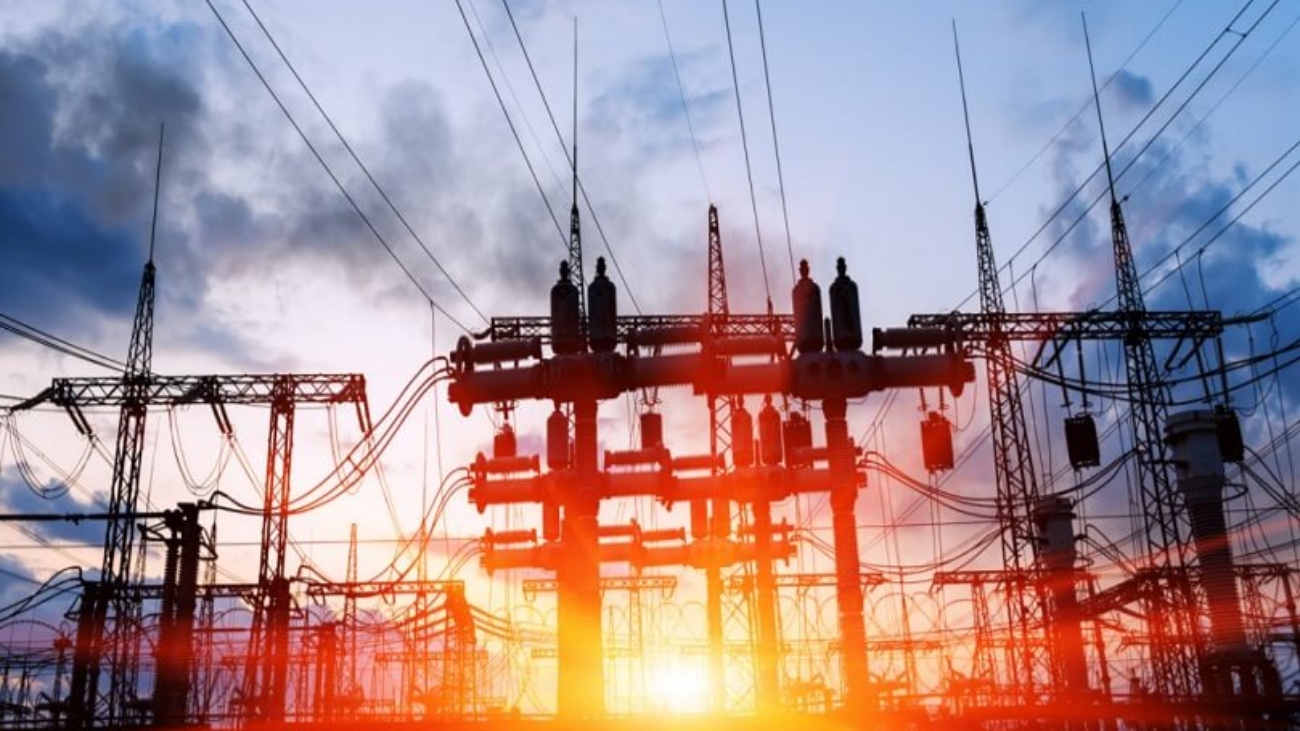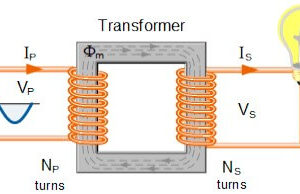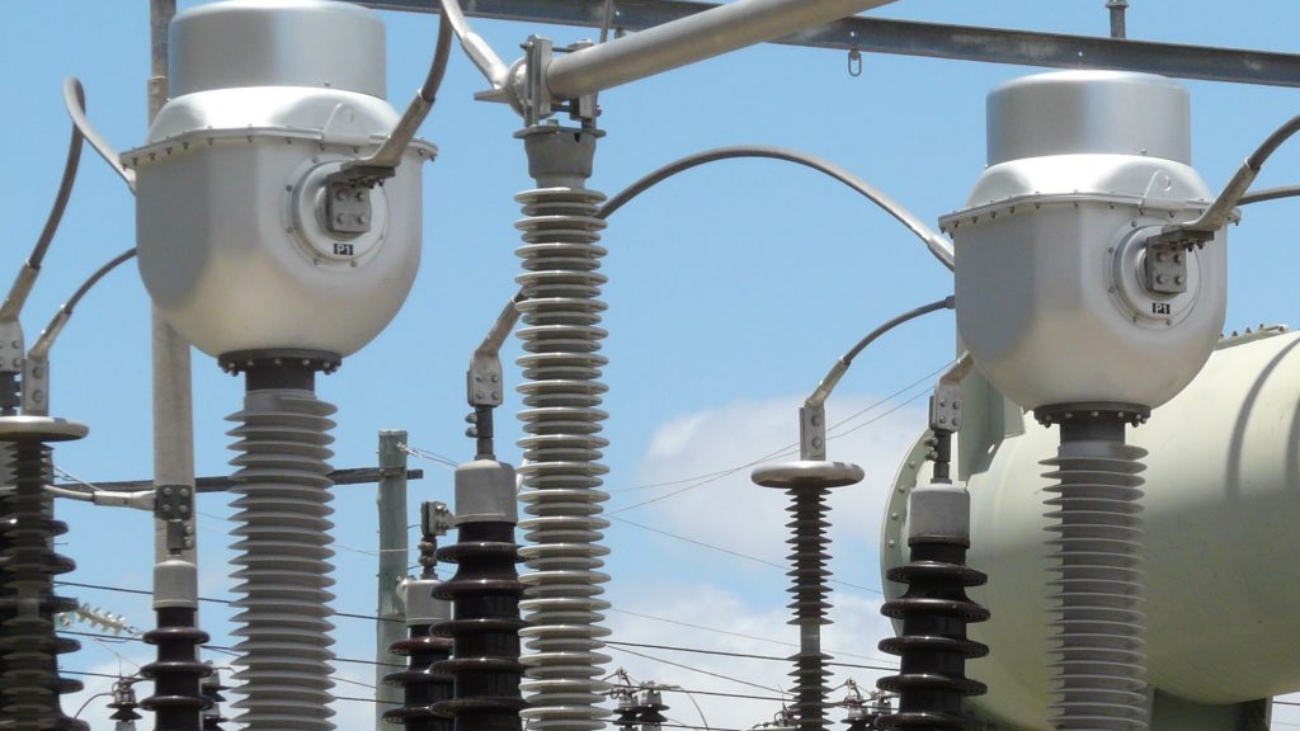Current Transformers
This current transformer is an essential part of the power system. The basics of the current transformer including construction, applications, working principles are going to be discussed in this article. Moreover, some practical aspects such as grounding and connections of current transformer and associated errors will be examined comprehensively.
What is Current Transformer & Why is it used?
Current Transformer is an ‘instrumentation’ transformer which steps down high values of currents to lower values.
As evident from their name, Instrumentation transformers are used to isolate the instrumentation devices from high voltages and currents to facilitate the measurement of electrical quantities.
Current Transformers are used extensively for measuring current and monitoring the operation of the power grid. The need for Current Transformer is justified by two reasons:
- It isolates the protection system from high voltages and currents, resulting in the reduction of the size and cost of protection equipment.
- The output of a Current Transformer is standard (i.e. 1A or 5A) which eliminates the need for protection equipment e.g. relays having diversified operating values.
Construction of CT (Current Transformer):
The construction of a Current Transformer is very similar to a normal transformer. The core of the current transformer is built up with lamination of silicon steel.
A current transformer (CT) basically has a primary coil of one or more turns of heavy cross-sectional area. In some, the bar carrying high current may act as a primary. This is connected in series with the line carrying high current.
In Current transformer essential current is free of auxiliary current; thus essential current is the predominant figure CT.







